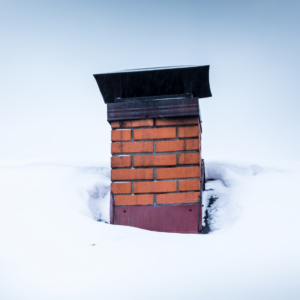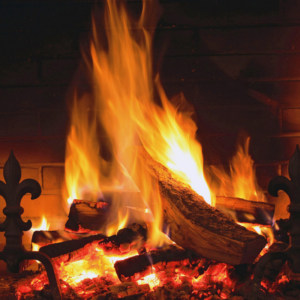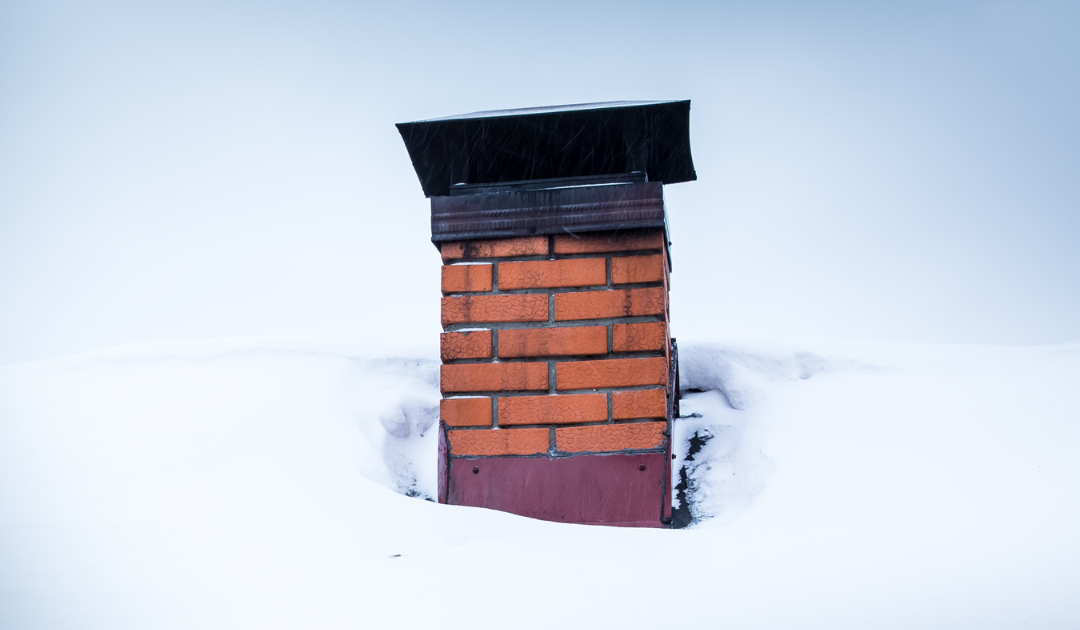Knowing how to start a fire in a fireplace can be challenging enough, but when you’re dealing with a cold chimney, it can be even more difficult.
Why? It has a lot to do with airflow. Because your chimney can fill with cold winter air, especially if it’s on an exterior edge of your home, the chimney may act as a vacuum, pulling the smoke and heat back into the room rather than pushing it up and out.
And, while it’s true that warmer air rises, the cold air descending down your chimney can hinder your attempts to get a nice, hot fire going by smothering any warmth. A fire in a cold chimney can also cause smoke to back up into your home because of the trapped heavy blanket of cold air.
Cold days are precisely the ones you most want to warm up with a cozy blaze in your fireplace, so the cold chimney problem must be overcome. But how?
Priming the Flue
 One of the first steps in starting a fire in a cold chimney is to make sure that the damper is open and that there is a clear path for the smoke and heat to travel. Next, warm the chimney or flue.
One of the first steps in starting a fire in a cold chimney is to make sure that the damper is open and that there is a clear path for the smoke and heat to travel. Next, warm the chimney or flue.
Not sure how to warm a flue?
- Form a newspaper or other paper into a cone.
- Light it and carefully hold it as close to your chimney’s throat as possible.
- Let the cone’s hot, concentrated heat travel up and warm your chimney.
In two to three minutes, enough heat should be produced to reverse airflow and keep the cold air from blocking the draft.
Try a Top-Down Burn
The placement of your logs can also be a helpful factor in getting (and keeping) things going. It may seem counterintuitive, but building a top-down fire can help prime your chimney.
Simply place your larger logs at the base of your firebox, position mid-sized logs on the large ones, and then add smaller twigs and kindling to the top. The quick ignition of the kindling will get your flue warm before the flames travel to the larger, longer-burning wood below.
As an added bonus, top-down fires tend to last longer, produce less smoke, and are less likely to collapse on themselves and cause sparks to fly out.
Upgrade Your Damper
If you continue experiencing problems starting a fire in your chimney in cold weather, it could be time to upgrade to a top-sealing damper. This type of damper sits at the top of the chimney and seals it tightly when not in use.
Any damper ought to create a seal, but throat dampers will never close up as securely as top-sealing options due to their metal-on-brick seal. Along with this, they’re more prone to warping due to their proximity to the intense heat of your fires, which compromises their integrity over time.
Damper location also matters because if your damper is near the bottom of your flue, your chimney will more readily fill with cold air, even if the damper is closed with a good seal. Keeping this cold air out with a top-sealing damper means the baseline temperature of the air in your chimney will stay warmer – and your fires will be easier to light as a result.
Top-sealing dampers have the additional advantage of keeping out critters and debris that can obstruct your chimney and become hazards. And because of the way they’re positioned at the top of your chimney, they minimize chimney damage from rain and snowfall, as well. In the end, having a top sealing damper installed is an all-around win for efficiency, ease of use, and safety.
Other Tips for Successful Fires
A warm flue plays a key role in building a successful fire, but we have some other tips to keep in mind too.
 Use well-seasoned wood. Seasoned firewood is wood that’s been slowly dried until its moisture level is optimal for burning. Well-seasoned logs are what work best for making healthy fires. As a matter of fact, it’s the only recommended fuel for indoor fireplaces and stoves for numerous reasons.
Use well-seasoned wood. Seasoned firewood is wood that’s been slowly dried until its moisture level is optimal for burning. Well-seasoned logs are what work best for making healthy fires. As a matter of fact, it’s the only recommended fuel for indoor fireplaces and stoves for numerous reasons. - Don’t burn waste. Treated wood and household waste (even seemingly innocuous items like paper and cardboard) often contain hazardous chemicals that can be released when burned. They may also burn at improper temperatures, which could compromise your chimney system.
- Use ash to insulate. Another tip for fire season success is to leave an ash bed approximately two inches thick in your fireplace throughout the season in which you frequently light fires. This will insulate your firebox and your fires should start more quickly.
- Book annual maintenance. By scheduling annual inspections and regular chimney cleanings, you can rest easier knowing your system is always functioning as safely and as efficiently as possible.
Get in Touch With Our Specialists
If you’re looking for more ways to keep your system working optimally for you, need some routine maintenance, or want to get your annual inspection on the books, give us a call at 631-738-0005 today. We’re your local chimney experts, and we pride ourselves on serving our customers with respect, professionalism, and skill.
You can also request an appointment online – we’ll be in touch!


Recent Comments